Name Larry Shinoda | Role Automotive Designer | |
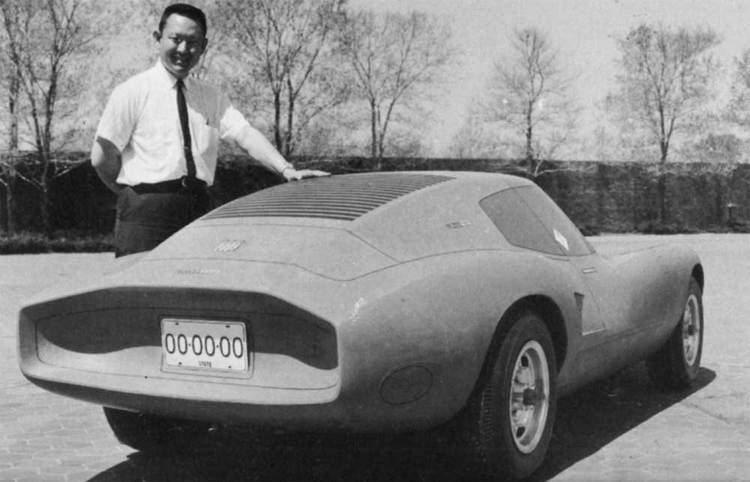 | ||
Education Pasadena City College, Art Center College of Design | ||
Drawing the line larry shinoda
Lawrence Kiyoshi (Larry) Shinoda (March 25, 1930 – November 13, 1997) was a noted American automotive designer who was best known for his work on the Chevrolet Corvette and Ford Mustang.
Contents
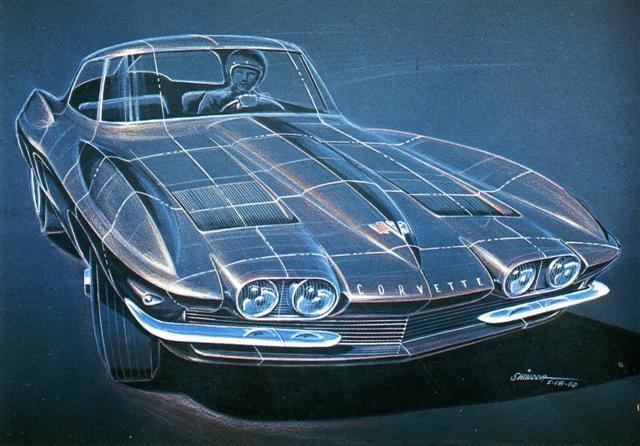
He was born in Los Angeles, California to parents who were both Japanese immigrants: Kiyoshi Shinoda arrived in the US when he was 12, and Hide Watanabe when she was 1. Larry had a sister, Grace, that was six years older than him, who was also artistically inclined. He grew up in Southern California where he started developing his artistic talents in grade school. Kiyoshi died when Larry was 12. He was interned with his sister, mother, uncle, two aunts and a grandmother by the U.S. government during WW II under U.S. Executive Order 9066 into a "War Relocation Camp" at Manzanar, California.
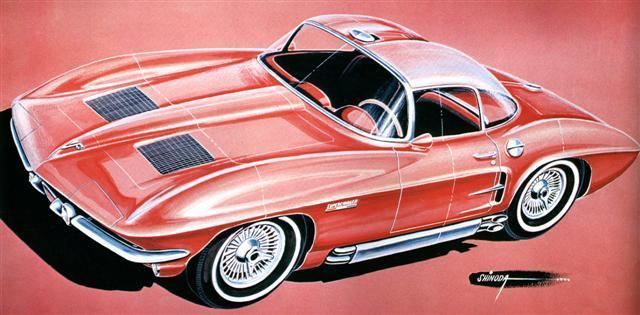
At camp, he snuck past the barbed wire to play and fish. His first recorded functional design was a set of reclining back chairs for his mother and grandmother at the incarceration camp that attracted the admiration of other incarcerees. After being released from camp in the spring of 1944, the family moved to Grand Junction, Colorado to help out at the farm of the paternal side of the family who had escaped incarceration by fleeing California.
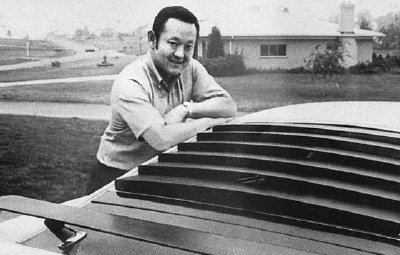
As a young man, he built hot rods and raced them on the streets of Los Angeles. With his 1924 Ford roadster, he won the first National Hot Rod Association (NHRA) Nationals that were held in Great Bend, Kansas, in 1955.
Shinoda attended the Art Center College of Design in Los Angeles (before it moved to Pasadena) but was kicked out, and went to work first for Ford Motor Company in 1955, then briefly with Packard, then General Motors in late 1956. Shinoda designed the Mako Shark show car. Working with GM design chief Bill Mitchell and Corvette chief engineer Zora Arkus-Duntov, he refined the XP 819 and other concept cars that eventually translated into the original 1963 Corvette Sting Ray design. Shinoda also led design work on the revised 1968 version that borrowed heavily from his Mako Shark design. He also participated in the 1965 redesign of the Chevrolet Corvair, giving that car its sleek "Coke bottle" shape.

In 1968 Henry Ford II hired former GM executive Bunkie Knudsen to be president of Ford. Knudsen recruited Shinoda to come to Ford in hopes of improving the styling and sales of Ford's lineup. Shinoda's first project at Ford was a high-performance Mustang known as the Boss 302 Mustang. Reportedly Shinoda chose the name "Boss" as a homage to Knudsen. He led design used for Mustang models for 1970-1973 as well, but when Knudsen was fired from Ford late in 1969, Shinoda left as well.
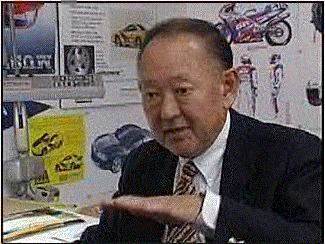
After leaving Ford, Shinoda and Knudsen co-created Rectrans, which built recreational vehicles. In 1969, while working there, Shinoda designed the "American Dragster" slingshot streamliner dragster. This car had a fully enclosed wedge-shaped body, with only the front wheels, fitted with lakester-style wheel discs (Moon discs), exposed. Little is known about the project, although Rectrans was working with fiberglass composites and monocoque chassis. It is likely interest was sparked by Shinoda's pre- and post-WW2 experience racing roadsters in the Los Angeles area.
Shinoda later opened an independent design firm and did work for GM, Ford, and aftermarket companies. In addition to its in-house team, he was one of three designers under contract with American Motors Corporation (AMC) to create and build clay models of a vehicle then known as XJC, which later became the Jeep ZJ (Jeep Grand Cherokee) after Chrysler's buyout of AMC in 1987. Shinoda claimed that his design proposal for the Grand Cherokee was stolen by AMC executives and that he was improperly compensated. Shortly before his death in 1997, Chrysler, the successor of AMC, settled with Shinoda for more than $200,000.
Shinoda began to have kidney problems in 1996, yet continued to be an active designer. Before a transplant surgery could take place, he died in 1997 at his home in Bloomfield Hills, Michigan of heart failure at age 67. His daughter, Karen, formed Team Shinoda (now Shinoda Performance Vehicles), a tuner and performance parts company.
